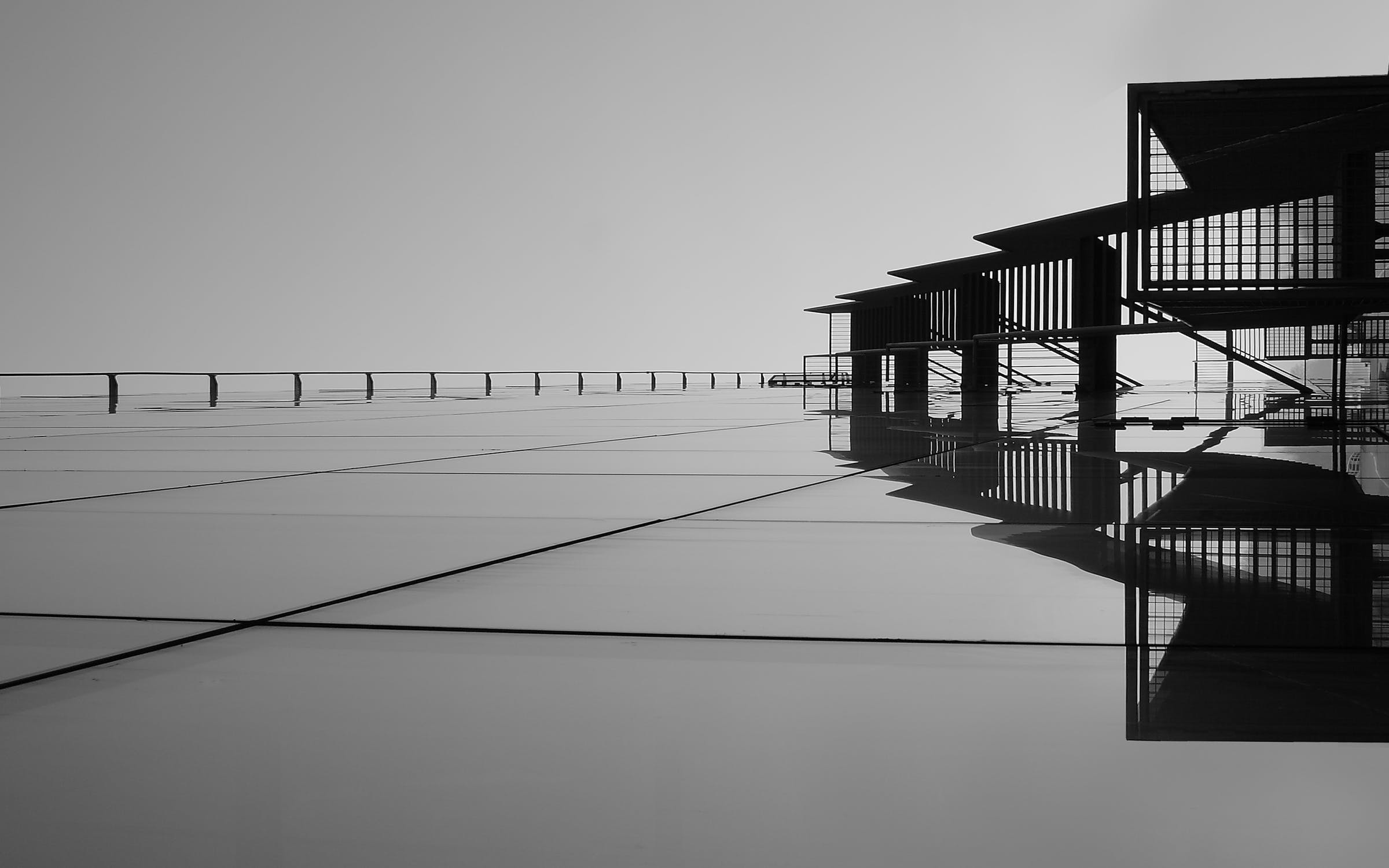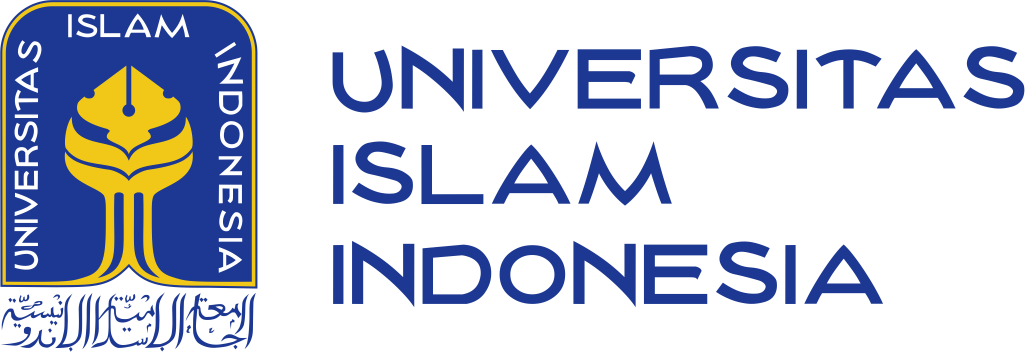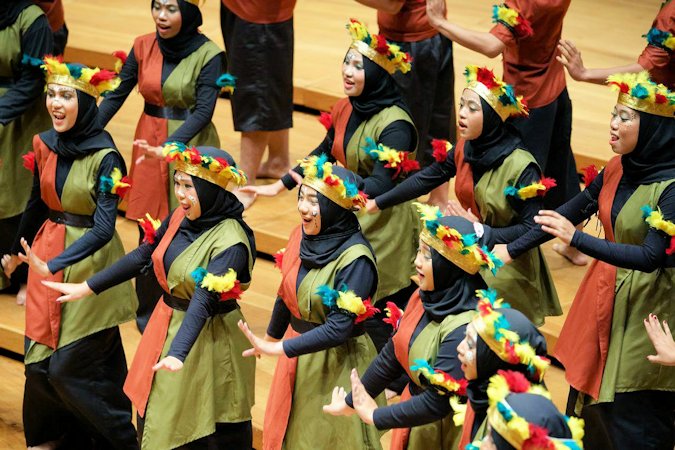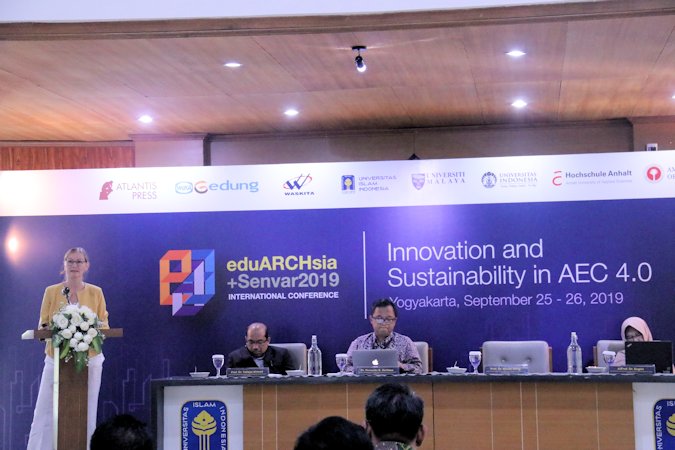Cultivating ARCHITECT Values
I do believe, none of artefacts, including the architectural ones that are value-free. They are indeed value-laden. There are certain values inscribed when developing the artefacts.
I will take this opportunity to bring the discussion about values into the table. I am sure that the discussion about other aspects, such as the apostle of information technologies in the architectural education and practice will be discussed intensively by the legitimate and respected invited speakers; today and tomorrow.
But, please be aware, this perspective is not from an architect. My educational background is computer science and information systems. But, the interaction I have made with my fellows from the architecture discipline, to some extent, has shaped this perspective.
To me, among the important aspects in the architectural education is related to values. It is about cultivating values among the architects and inscribing values into the architectural artefacts. I think, it will not so difficult among us to agree on this issue. Since today, there is no opportunity for dialoguing the opening remarks; I assume that you all do agree with me 🙂
If so, the question is: what values should be cultivated and inscribed? I am quite sure that each of us may come up with various lists of values. But, let’s discuss some of them. To me, as an outsider, there are at least nine groups of values that are very important to be cultivated among the architects or to be inscribed into the architectural artefacts.
- Artistic values. The values may relate to the concepts of novelty, uniqueness, self-expression. Even, one of the architects from this university once said that witnessing his/her design to be materialised into a physical artefact/building, is like expecting for a baby.
- Regionalism values. In interpreting these values, we need to better understand local culture and tradition, and consider them into design. The discussion about indigenous culture and identity may fall into this aspect.
- Collaborative values. These include partnership with the surrounding and compliance with the regulation. And, within a smaller group, the values may manifest in quality communication between the designers, engineers, and construction workers.
- Harmonious values. Here, we may discuss the concepts of social cohesiveness, understating cross-social issues, respecting the past, befriending with the future, individual and social safety, and not using the architectural artefacts for hegemonic purpose.
- Intellectual values. We may introduce here a variety of ideas: well-informed or argumentative design, architectural artefact is a proof concept, making the architectural artefacts as sources of inspiration, for educating people, etc.
- Temporal values. It is about understanding and responding the societal taste of a given time, as in many cases the design will tell us the time when the architectural artefact was built.
- Environmental values. These values have been a part of hot discussion, indicated by various concepts that have been around, such as nature friendly, energy conservation, recycling, re-use concept, toxic-free materials, and sustainable development
- Clean values. The building of the architectural artefacts should be driven by good motivation, free from corrupt practices, and sterile from hidden personal and short-term agenda that does not go hand in hand with the public interest.
- Transparency values. Considering these values means that all the processes can be traced back and be audited, especially to those which use public funding.
I am sure that each of us may make the list longer. Although the list of values we just discussed is not exhaustive one, but if it is difficult for you to remember the listed values, let us shorten them into an acronym: ARCHITECT; [A]rtistic, [R]egionalism, [C]ollaborative, [H]armonious, [I)]ntellectual, [T]emporal, [E]nvironmental, [C]lean, and [T]ransparency values.
Again, I do not belong to the architecture discipline, hence, I do understand that pouring a pack of salt into the sea may be a meaningless effort, but at least, I do hope that this viewpoint may provide alternate or complement perspective that invites further discussions.
An excerpt from the opening remarks of the Rector of Universitas Islam Indonesia in eduARCHsia + Senvar 2019 International Conference, 25-26 Sepember 2019





